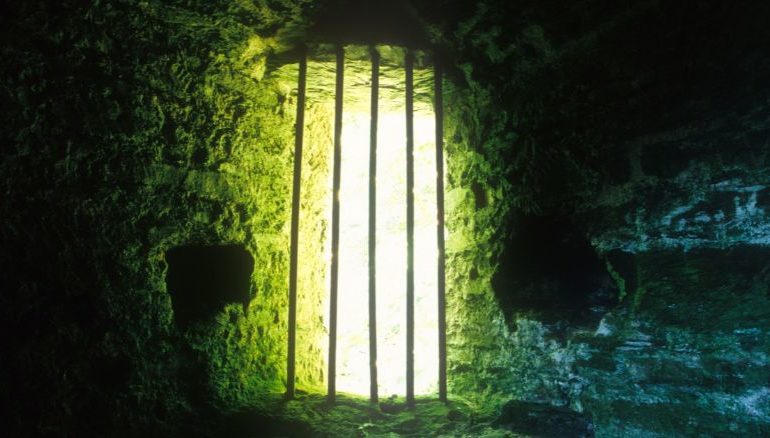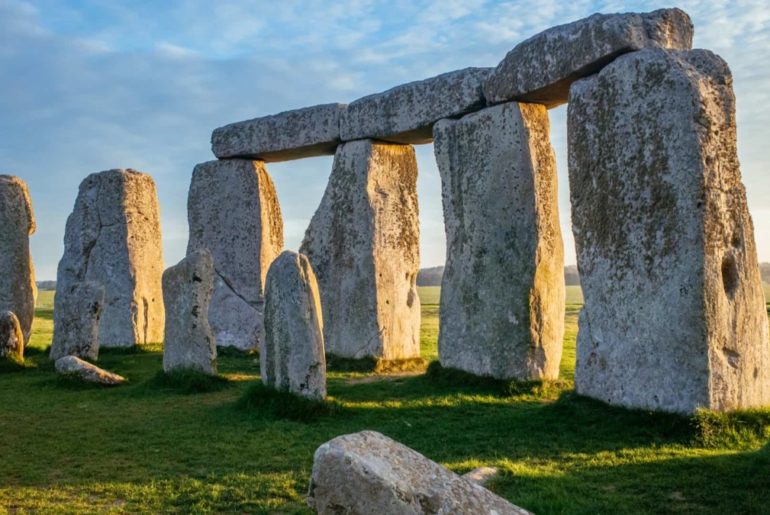The United Kingdom today is famous for once having the largest empire the world has ever seen. Britain’s territories spanned the world, and depending on how you look at it, the empire remained alive in some form or another until 1997, when the UK handed Hong Kong back to China.
However, Great Britain wasn’t always a global powerhouse. In fact, the British Isles were invaded numerous times by nations and tribes from across Europe during the first millennium AD.
So, has the UK ever been invaded? Yes, and here’s a quick timeline of invasions of Britain:
- Celts in Britain, c. 1000 BC
- Roman Occupation, 43 AD
- Anglo-Saxon Conquest, c. 450 AD
- Viking Raids, Late 8th Century AD
- Norman Conquest, 1066 AD
We tell you more below!
Celts in Britain, c. 1000 BC
It is widely believed that Celtic tribes started arriving on the shores of Great Britain around 3,000 years ago. However, the Celts didn’t invade as such. Different Celtic tribes arrived over a long period, many of which shared a common culture, religious beliefs, and language.
It remains debated why the Celts migrated to Britain, but many historians agree that they likely came here in search of metals such as iron, tin, and copper. Many remnants of Celtic culture can still be seen today in the UK. For example, the Welsh, Scottish, and Cornish languages are of Celtic origin.
Roman Occupation, 43 AD
Julius Caesar and his Roman legions attempted to conquer the British Isles twice, first in 55 BC and then again in 54 BC. Unfortunately for Caesar, both of his attempts failed due to stormy weather. It wasn’t until 43 AD that the Romans successfully captured much of Britain under Emperor Claudius. The Romans remained in Britain until 410 AD.
Today, some of the most impressive Roman ruins can be found at Hadrian’s Wall, which was built by the Romans to mark the empire’s northern frontier, and the Roman Baths in the city of Bath, one of the UK’s most-visited cities.
Anglo-Saxon Conquest, c. 450 AD
After the Romans withdrew their troops from Britain, several Germanic tribes decided to settle on the island, although there was no unified invasion. The Jutes, Angles and Saxons dominated England while the Scots and Picts fought it out in the north. In Ireland and Wales, the Celts remained the dominant group.
The Anglo-Saxons had a huge impact on British culture, and many ruins built during their reign remain standing today. One of the most complete and unaltered buildings is St. Laurence’s Church in Northamptonshire. You’ll also find plenty of Anglo-Saxon ruins in the city of York.
Viking Raids, Late 8th Century AD
Fearsome warriors from Scandinavia, mostly Denmark, started raiding British coastal towns and monasteries around the year 787 AD. However, the most famous raid occurred in 793 AD, when the Vikings sacked Lindisfarne Monastery.
Over the next century or so, Viking raids became more frequent, and the Vikings started to settle on the British Isles. By 872 AD, the Vikings had reached port cities in the south that included London. In 886 AD, Alfred the Great signed a treaty with the Viking King Guthrum. This divided England along the Thames and saw the introduction of the Danelaw.
Norman Conquest, 1066 AD
Led by Duke William of Normandy, the Normans invaded and conquered England in 1066 AD after being victorious in the infamous Battle of Hastings.
The Normans secured their stronghold over the nation by constructing forts and castles such as the Tower of London and Windsor Castle. This essentially marked the end of the invasions of Britain, though a period of wars, epidemics and atrocities marked the centuries to come.






